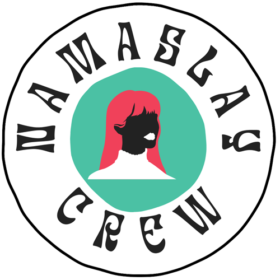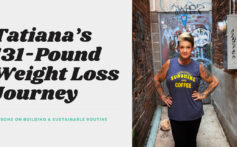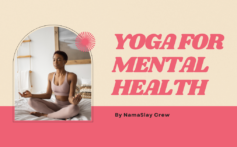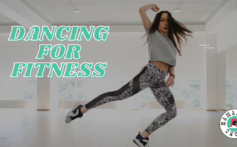Yoga Stretches for Beginners: Build Confidence and Flexibility
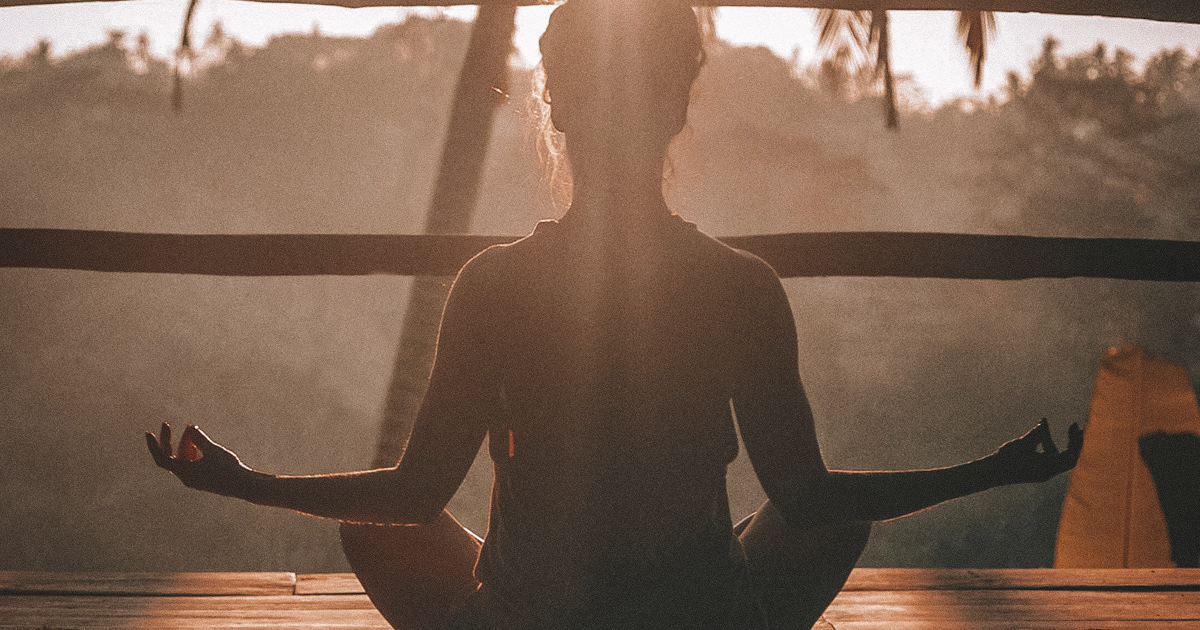
Yoga Stretches for Beginners: Build Confidence and Flexibility
Getting into yoga doesn’t have to be difficult—the process is all about finding peace within yourself and listening to your body. In fact, when it comes to yoga, listening to your body is one of the most important things you can do. Don’t be discouraged by what you can’t do and become tempted to push your body too hard. Instead, embrace what you can do each day.
Yoga Stretches for Beginners
Most people stretch throughout the day without giving it a second thought. Many of these stretches are also yoga postures. Of course, practicing yoga isn’t just about stretching—it is about the connection you make with your body through stretching and breathing. Yoga introduces a sense of mindfulness to stretching, requiring you to pay attention to your body’s alignment and how each posture makes you feel. You should never feel pain, so it is important to be aware of your initial capabilities and try not to push them. You will get there.
If you are ready to give yoga a try, here are several easy yoga poses ideal for beginners.
Breathing
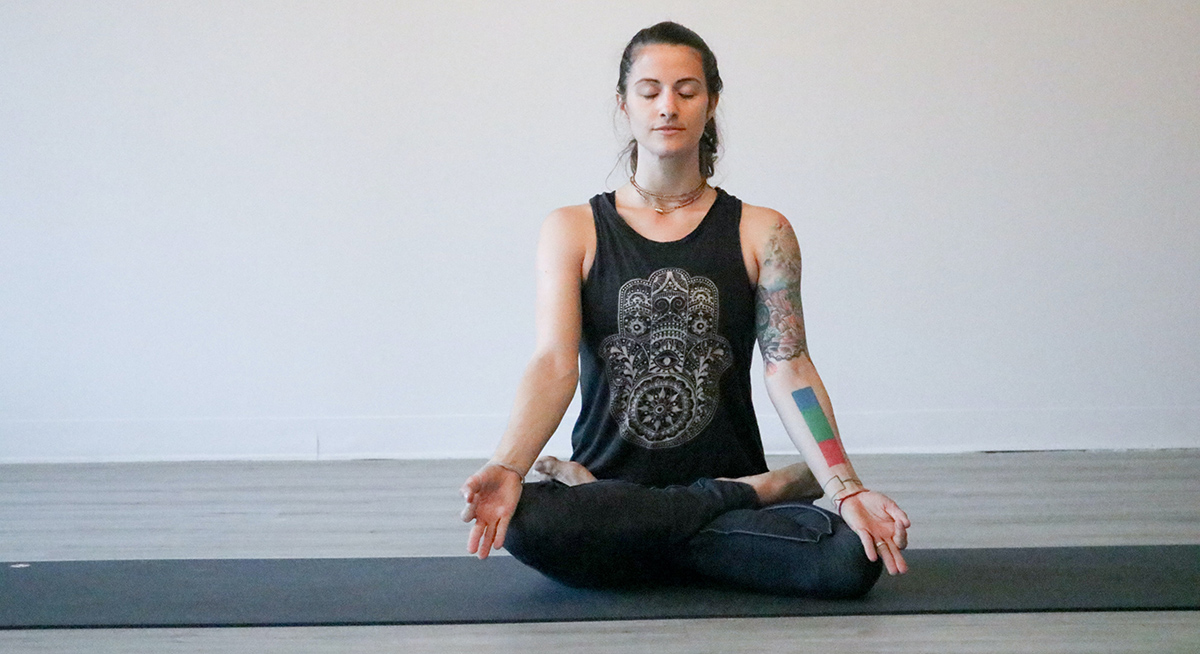
While not a traditional stretch, your breathing is crucial to the practice of yoga, in part because breathing impacts your flexibility or rigidity. When you hold your breath, you tend to tighten the muscles in the rest of your body, which can be counterproductive to the stretch or posture you
are trying to achieve. The ideal breathing can depend on your position, but what matters most is that you never hold your breath. Take a deep cleansing breath in through your nose and breathe it out slowly through your mouth.
Mountain Pose
Many yoga positions look simple but require concentration to maintain alignment and the ability to stay engaged. The mountain pose is one such posture. While you may look like you are simply standing, there are many subtle actions happening. Your heels should be planted on the floor, your legs engaged, your shoulders must be over your hips, your spine stretched long with the crown of your head raised.
Your arms must be down at your sides but remain actively engaged with your fingers pointing down to the floor. You can think of it as standing with a string coming up out of your head—you want that string pulled as straight and as tight as possible. Remember to breathe in and out, slowly.
Raised Arm Pose
From Mountain Pose, inhale and bring your arms up over your head, reaching for the sky. You want every part of your body engaged, even your fingertips. Your shoulders should be away from your ears, and your gaze should be focused in front of you, in line with your hands. Your hands should be either shoulder length apart or with your palms touching.
Forward Bend
From Mountain Pose, place your hands on your hips and slowly bend your upper body forward while your legs stay planted. Exhale while you bend, making sure your knees are bent slightly—do not lock your knees. Let your head hang heavy and try to place your palms flat on the floor. It is completely normal if you are not flexible enough to touch the floor when you first begin. In fact, there is a beginner, intermediate, and expert level to several of these poses. What matters most is listening to your body. If you are unable to touch the floor, keep your hands stretched towards the floor or rest them against your shins.
Plank
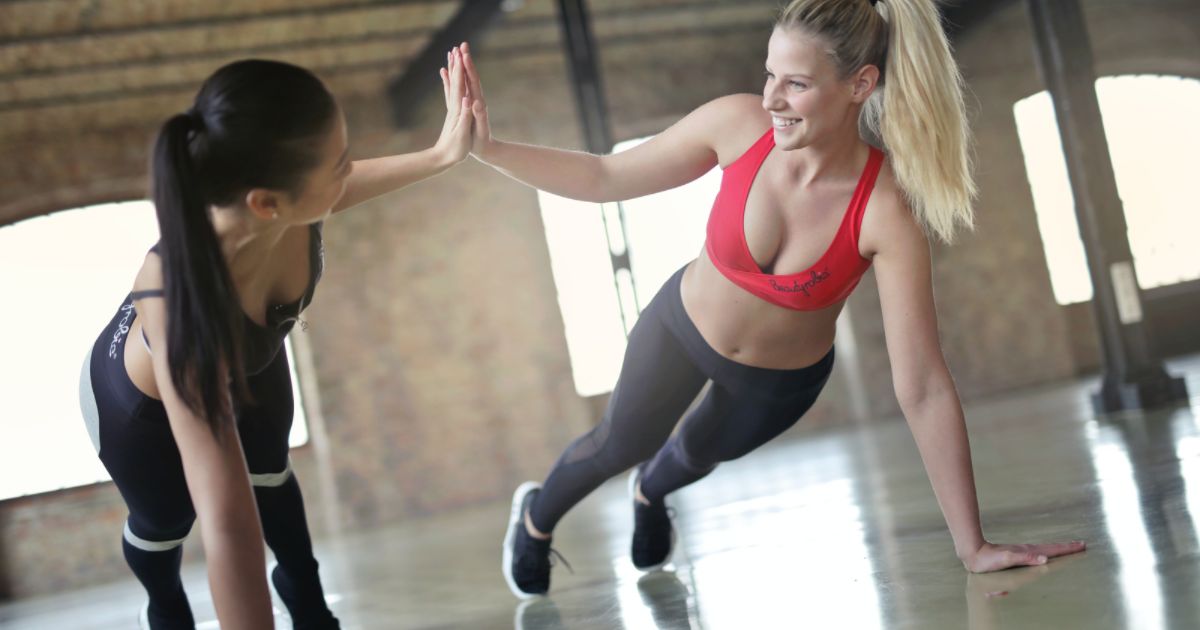
Yoga is a mix of stretches that can be completed both while standing as well as on your mat. If you feel comfortable with your palms against the floor during Forward Bend, you can step your feet back until they are at the back of your mat, bringing you into a plank position. In this position, your feet should be hip width apart, and your hips should be level with your shoulders. If you find this position hard to maintain, you can bring your knees down to touch the floor. You’ll still be able to feel the stretch throughout your abdomen.
Child’s Pose
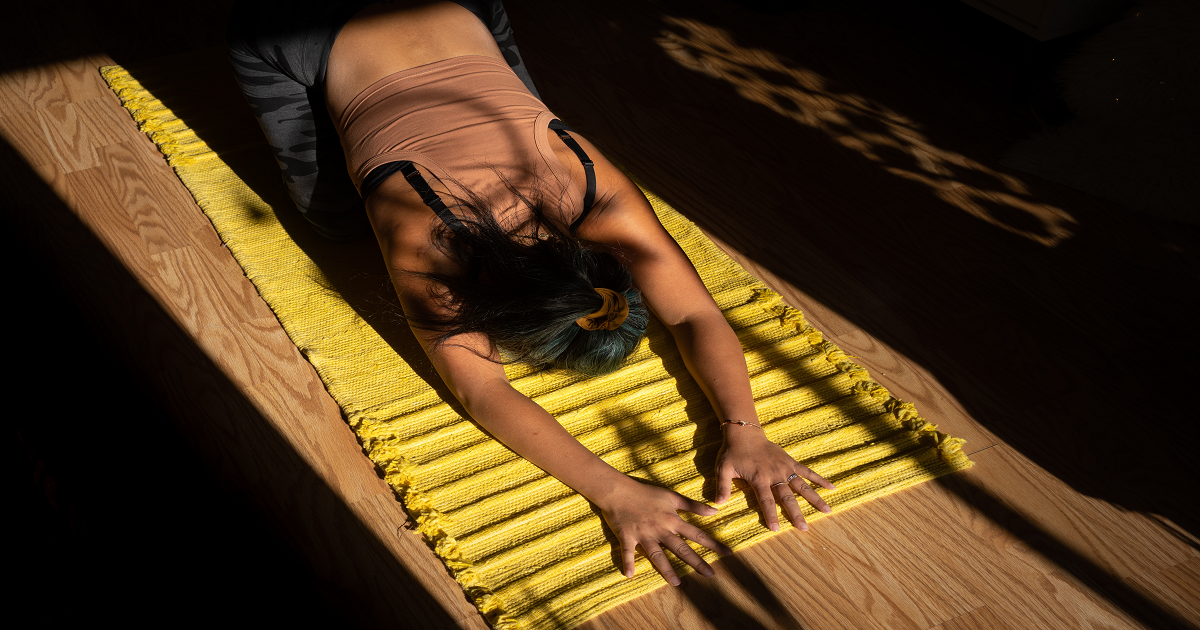
Child’s Pose is a beginner’s best friend. This easy yoga pose provides a break, giving you a moment to reset. This is also a good pose to return to if others are too difficult, or if you aren’t able to hold a difficult position for very long. You’ll start in a kneeling position with your toes
tucked under you. Then, lower your rear towards your feet while extending your arms and upper body forward and down. You’ll want to extend your arms as far as possible with your fingers stretched and reaching. Rest your stomach on your legs, and your forehead against the mat. Take the time you need to center yourself, take a few deep breaths, then get back to another pose.
Cat/Cow
This is another great beginner’s floor pose that is great for your back. You’ll want to start with both your hands and knees on the floor, hands slightly turned out and fingers spread. Keep your spine in a neutral position to start, with your abs engaged. Inhale deeply; on your exhale, round your spine up towards the ceiling and tuck your chin into your chest. On your next inhale, arch your back and relax your abs while lifting your head and tailbone upwards. While in both poses, it’s important to keep your neck relaxed. Most importantly, remember to take it slow and feel the stretch—in yoga, there is no need to rush.
Downward Dog
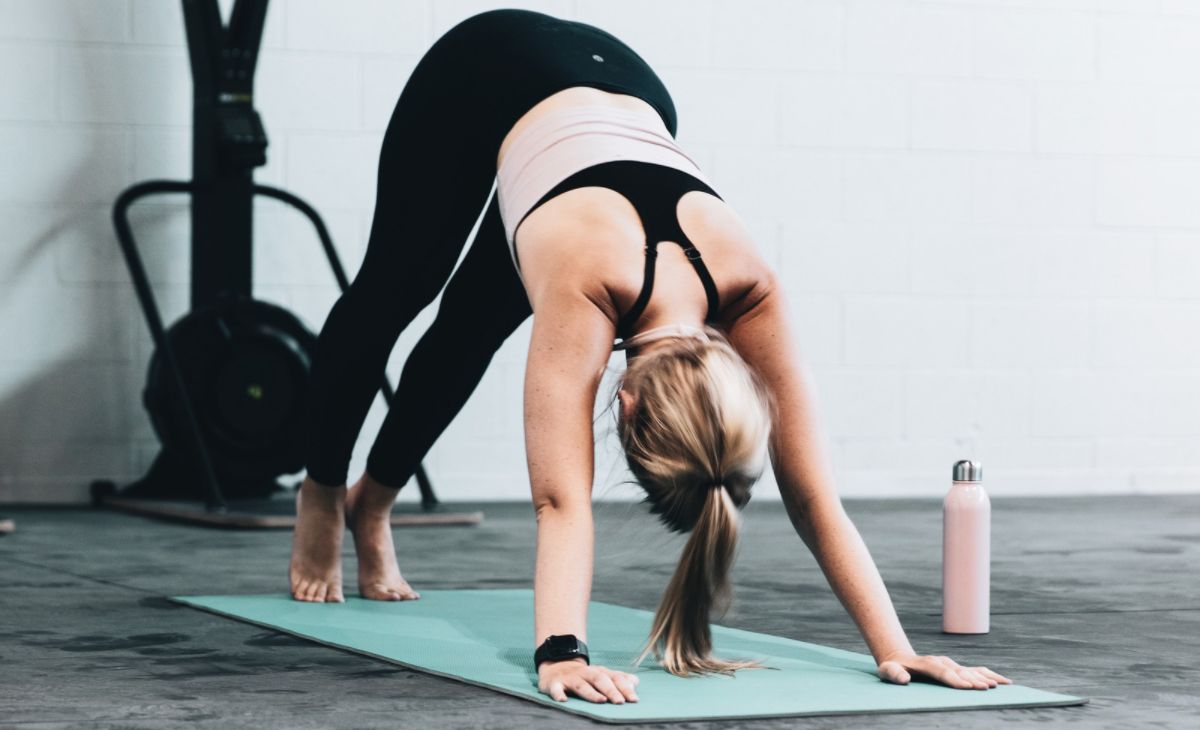
This pose is quite common in many yoga routines, beginner to advanced. It stretches your back, shoulders, arms, and hamstrings. To begin, start on your hands and knees with your palms just past your shoulders, fingers spread and forward. Your knees should be under your hips with your toes tucked. On your exhale, lift your hips and press into your mat, bringing your body into a U-shaped position. The goal is to be able to rest your heels on the floor. For a beginner, this will likely take time as the hamstrings generally take a lot of time and work to gain flexibility.
Try Yoga Today
Yoga is rewarding, both physically and mentally. It allows you to work your strength and flexibility while taking time to be mindful of yourself. As you progress through these basic positions, you’ll soon notice that yoga is more than just a trendy workout—you’ll begin to feel more centered and confident as you move through your day.
